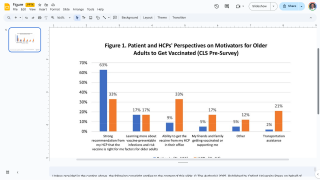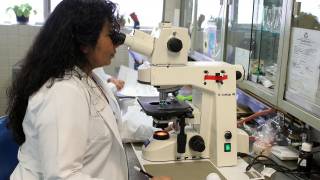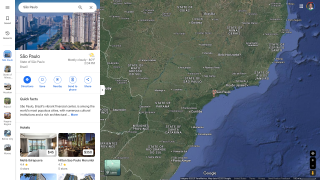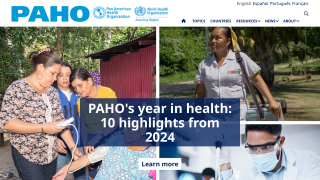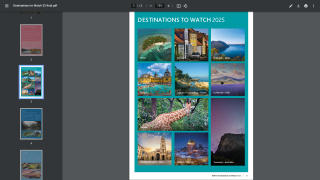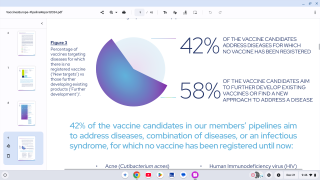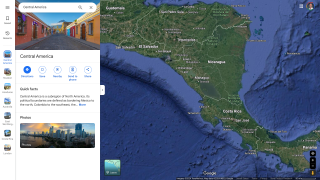Costa Rica's Tourism Challenges Continue in 2025
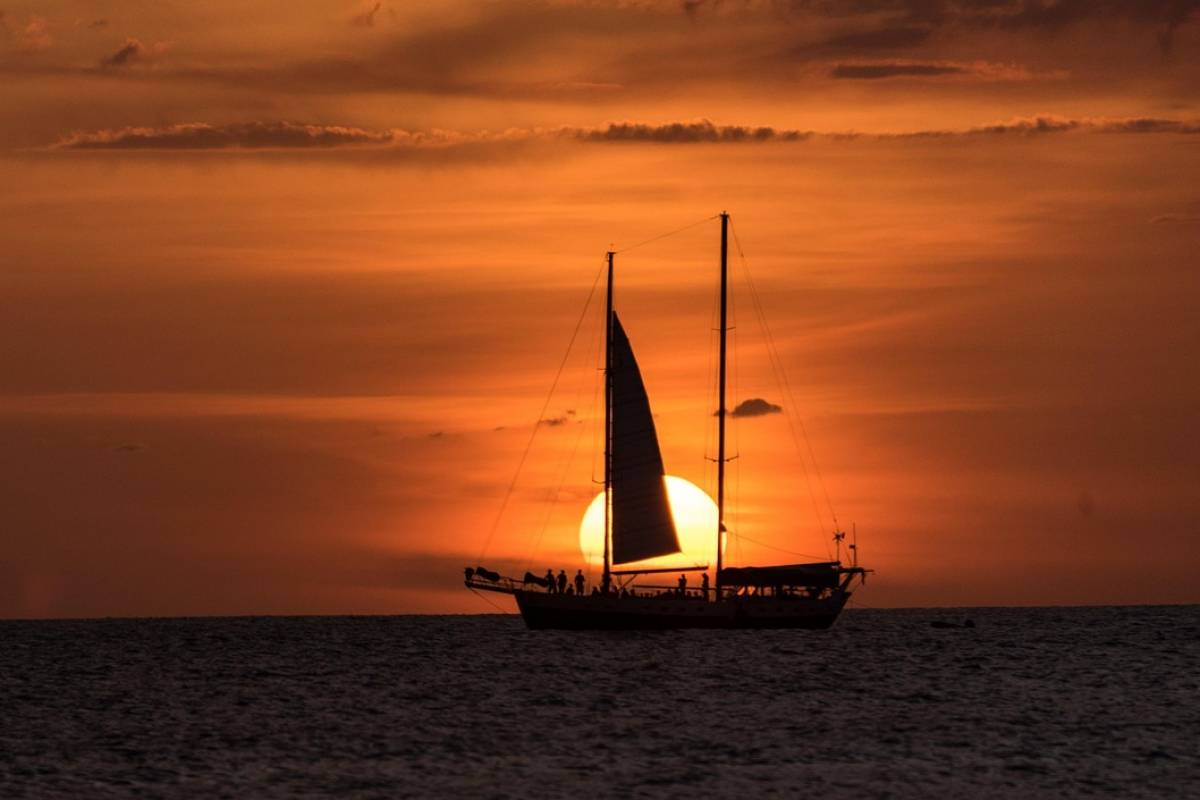
After being named by Travel + Leasure as 'Destination of the Year' in 2024, when Costa Rica welcomed about 2.6 million tourists, a few headwinds have confronted this Central American country.
A spokesman for the business group Turismo por Costa Rica recently estimated that tourist arrivals could drop by 15% to 20% by the end of 2025.
"The decline is multifactorial," Bary Roberts noted in a news article by the Tico Times on March 21, 2025.
Price competitiveness is one hurdle.
The appreciation of the Republic of Costa Rican colón has further eroded purchasing power. Each U.S. dollar now converts to fewer colones, making Costa Rica a pricier destination compared to regional peers.
Another tourism challenge is an increase in health alerts.
On March 18, 2025, the U.S. Embassy in San José issued an alert on the spike in histoplasmosis associated with caving activities in Costa Rica.
Histoplasmosis is a lung infection caused by a fungus in soil contaminated with bat or bird droppings. If left untreated, it can lead to serious and potentially life-threatening complications.
Additionally, over the past few years, local cases of mosquito-transmitted Chikungunya, Dengue, Malaria, and Zika have been confirmed at Costa Rica's beaches and mountain destinations.
Furthermore, from a safety perspective, the U.S. Embassy remains committed to ensuring the well-being of U.S. citizens when visiting Costa Rica. The State Department's Level 2 Travel Advisory issued in December 2024 says visitors should exercise increased caution due to crime.
In February 2025, The U.S. Embassy announced it had received reports regarding travel incidents near the Juan Santamaría International Airport.
Please take appropriate precautions and stay informed when visiting Costa Rica. To receive alerts, you can enroll in the Smart Traveler Enrollment Program, making locating you in an emergency easier.
Our Trust Standards: Medical Advisory Committee


